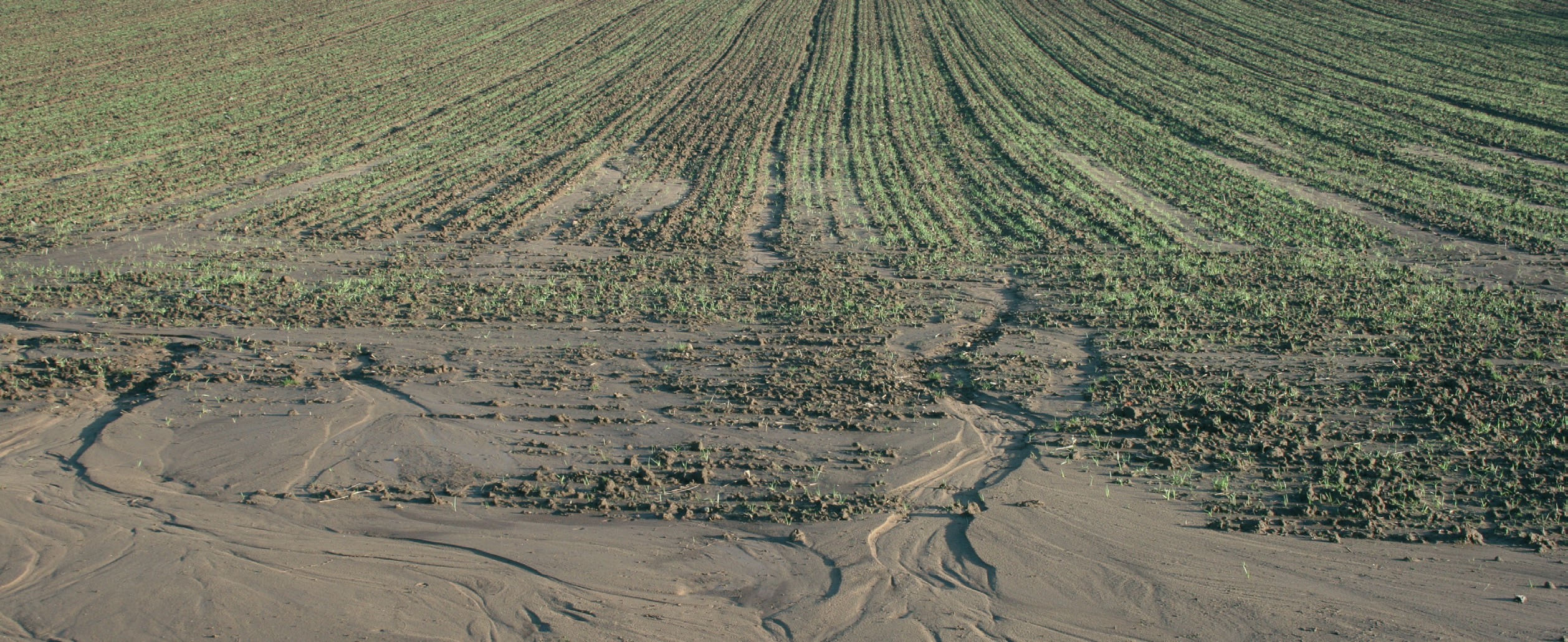
In this Snapshot and the one in the next issue I want to share with you a couple of photos that show the very different pathways followed by rain when it hits the ground. How does the water get to the nearest stream channel? This is an important question, for a number of reasons: the pathway affects the speed and volume of storm runoff which causes flooding. It also affects the quality of the water — how much sediment and dissolved material it carries.
In 1933, at the age of 58, the American hydraulic engineer Robert Elmer Horton published his infiltration theory of runoff. He introduced two new variables: infiltration capacity (the maximum rate at which a given soil in a specified condition can absorb rainfall) and rainfall excess (that part of the rainfall that falls at intensities exceeding the infiltration capacity). Horton argued that the excess of rainfall over infiltration capacity was the only source of runoff quick enough to produce a flood peak. Meanwhile, all the water which infiltrates will percolate down through the soil to form groundwater and become the sole source of baseflow.
Your organisation does not have access to this article.
Sign up today to give your students the edge they need to achieve their best grades with subject expertise
Subscribe




